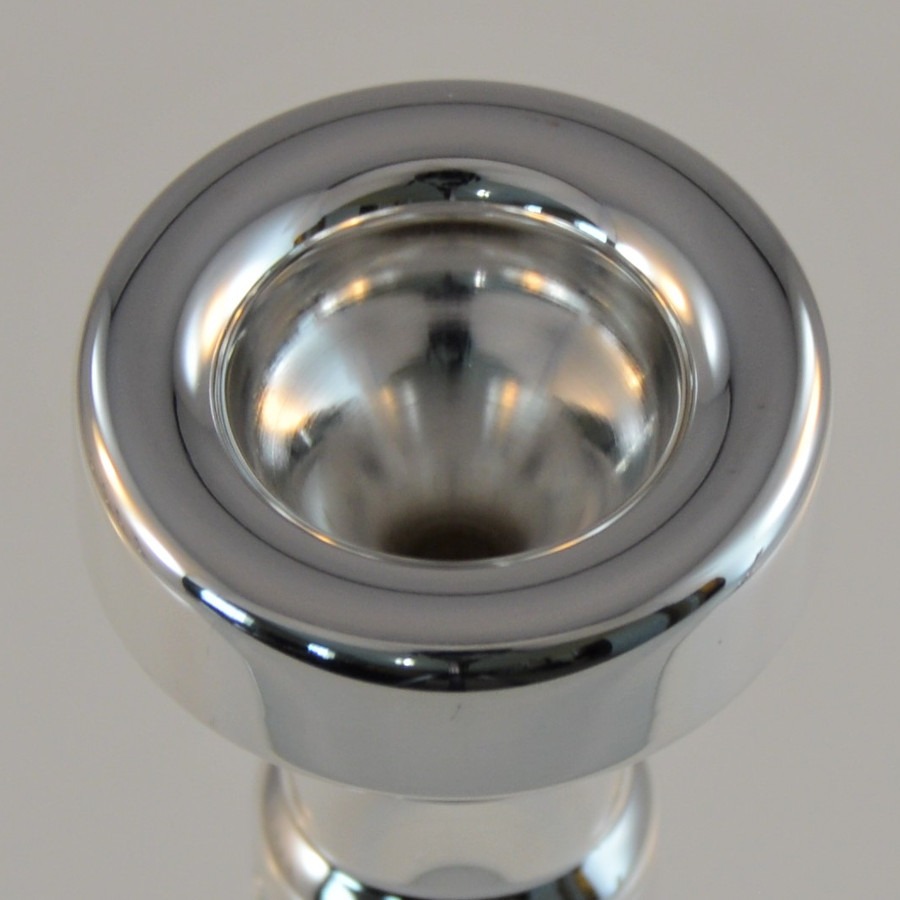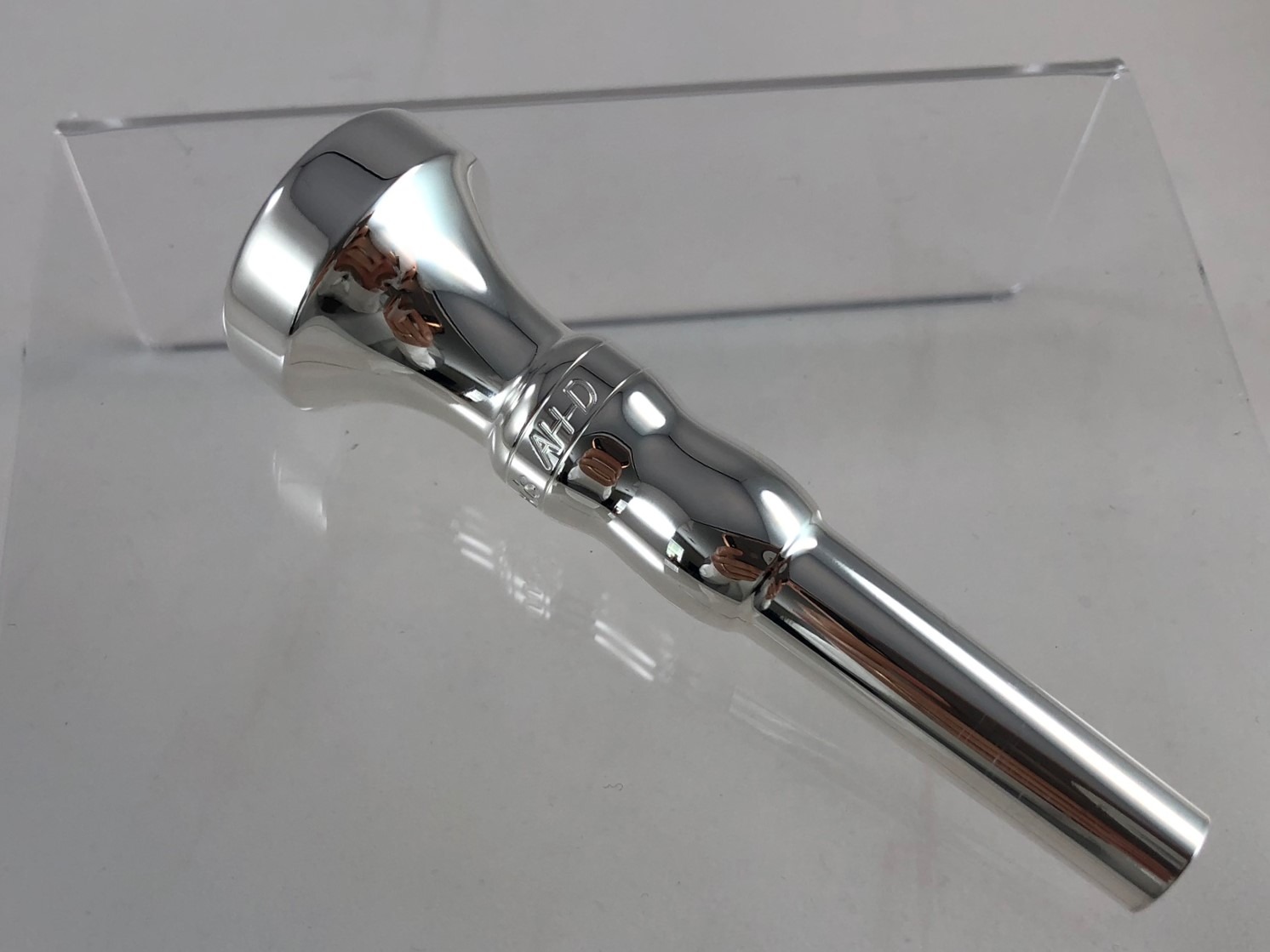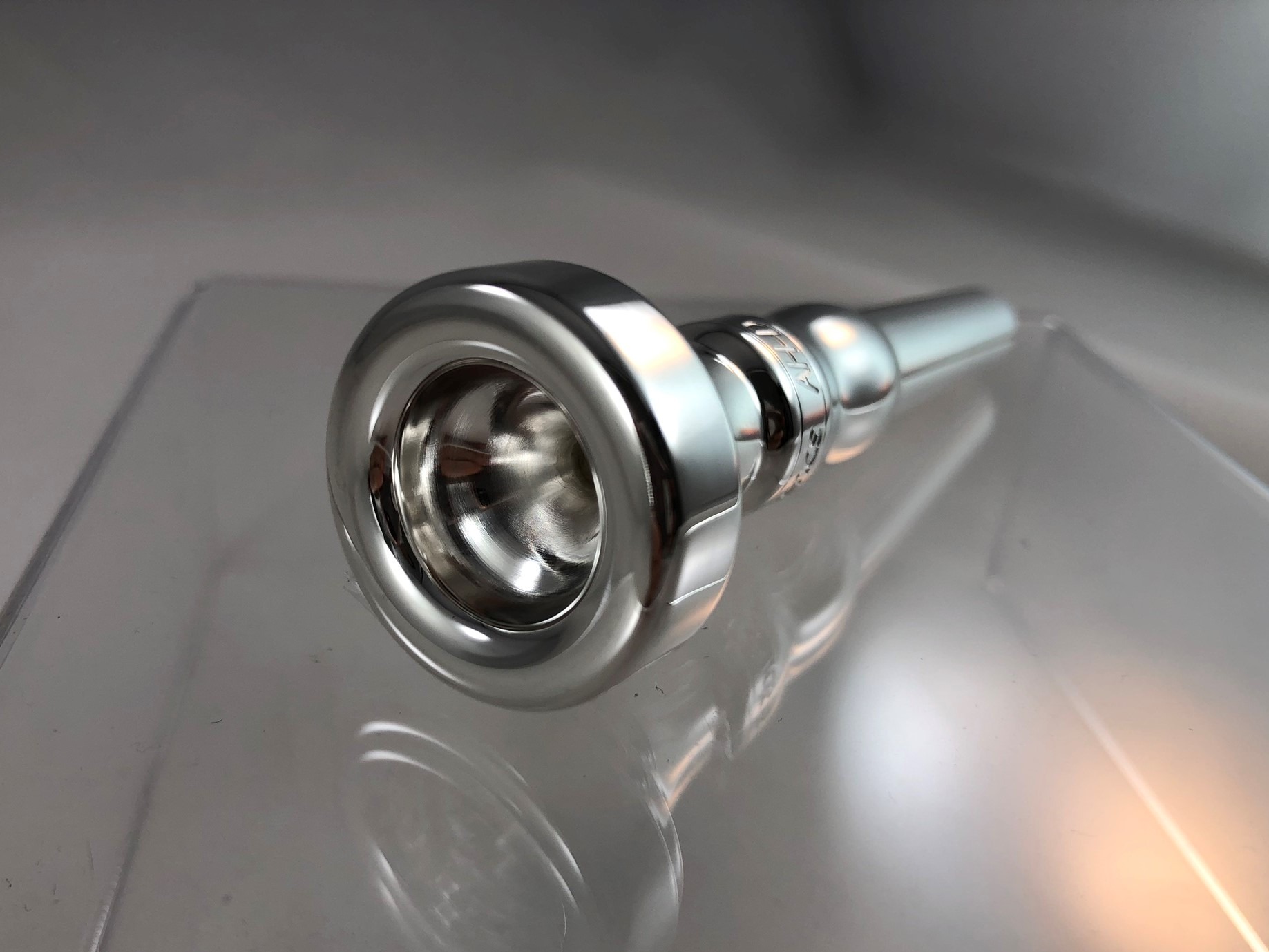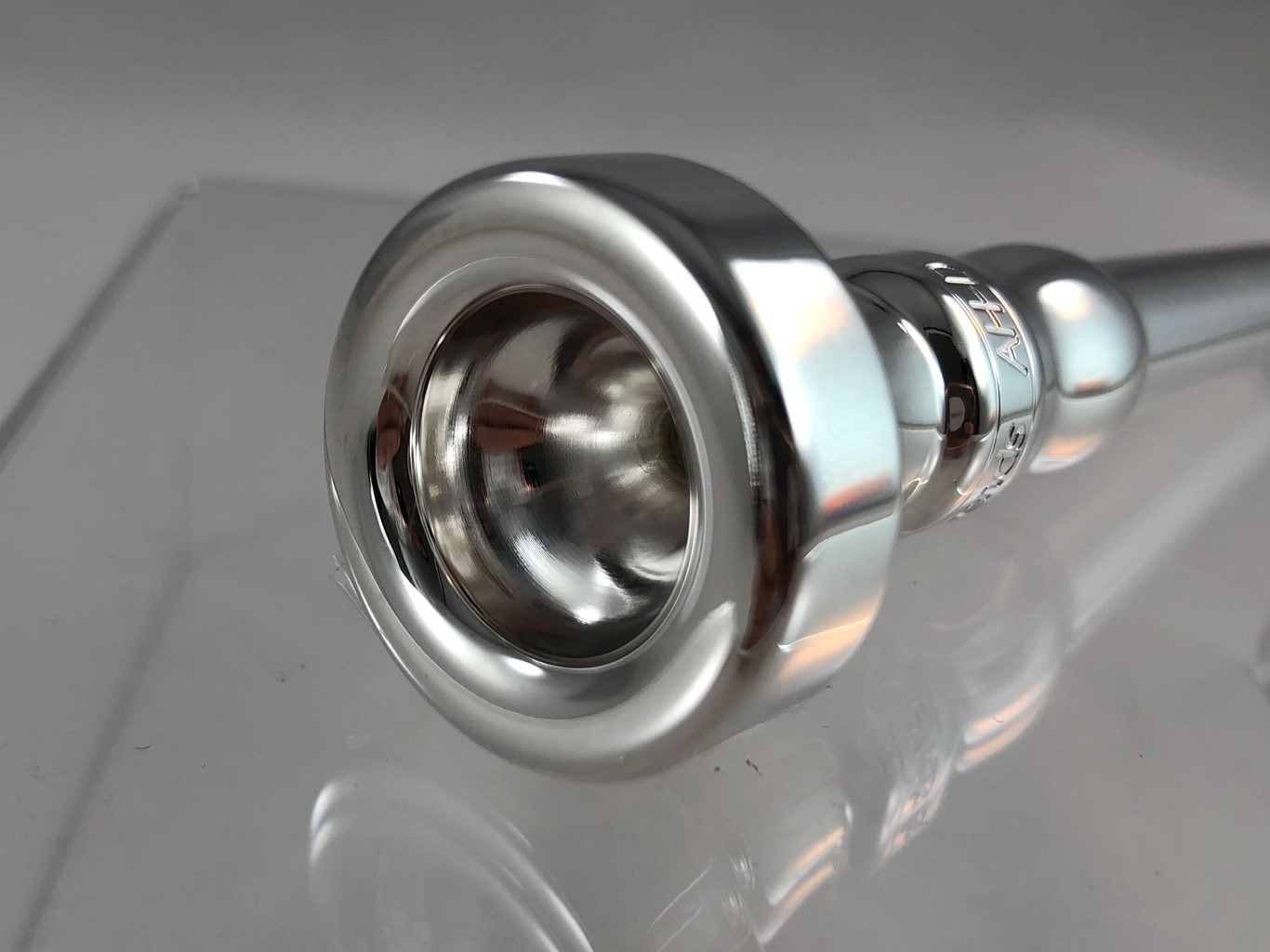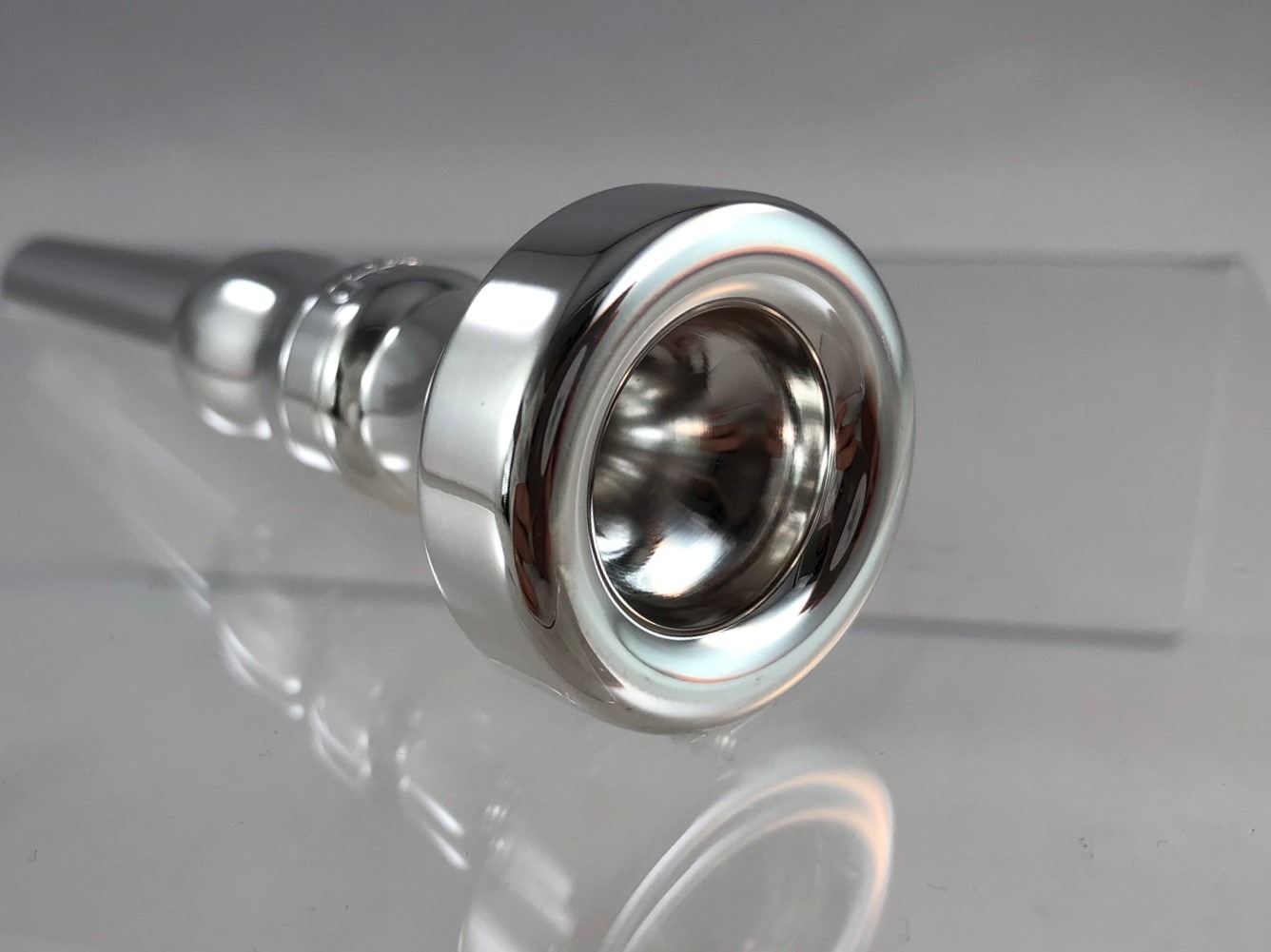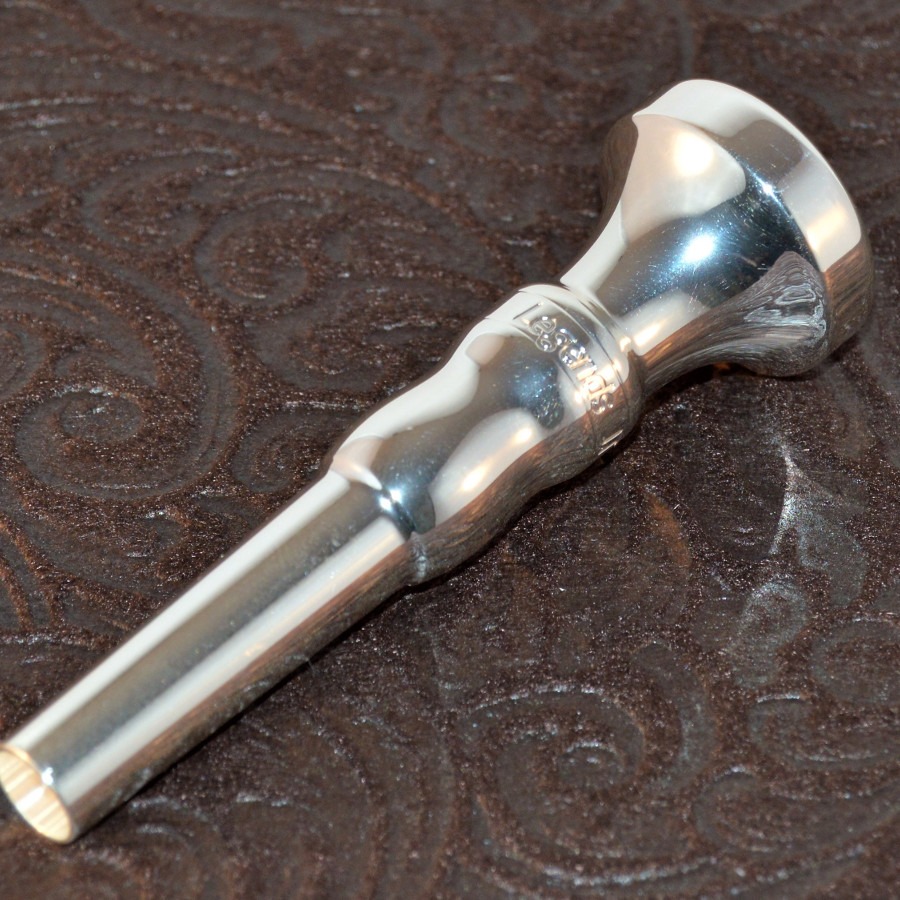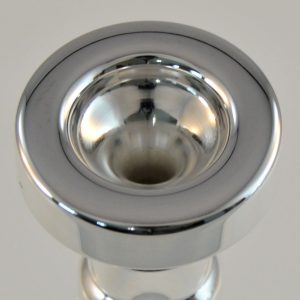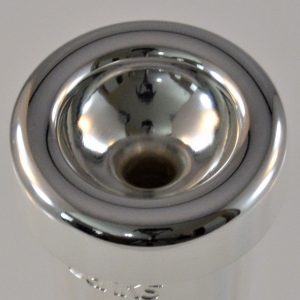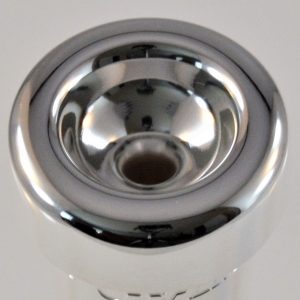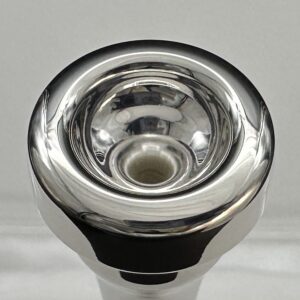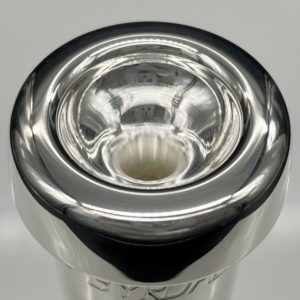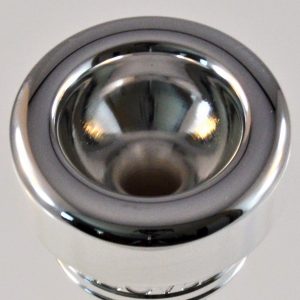Description
The Legends JT AH D is based on a vintage Jet-Tone reissue AHD (Al Hirt) trumpet mouthpiece. The rim is medium round on the inside, with an inside diameter of .640″. The cup depth is similar to Bach C. The throat is a #27, with a Legends S backbore. This mouthpiece responds easily and produces a rich sound. It is well suited for concert settings and legit playing.
Legends JT AH D with Jet-Tone reissue AHD
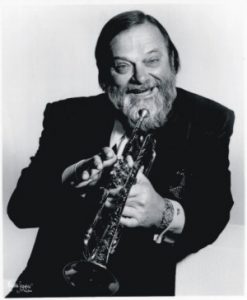
Al Hirt Bio:
Alois Maxwell Hirt, better known as Al Hirt, was born November 7, 1922 in New Orleans, Louisiana. He began playing trumpet at age six and was playing professionally by age 16. His first gig was blowing the trumpet at a local horse racing track and his career took off from there. He studied at the Cincinnati Conservatory of Music from 1940-1943 with Dr. Frank Simon, and afterward spent three years as a bugler in the United States Army during World War II. His professional career began in swing big bands including those of Tommy Dorsey, Jimmy Dorsey, Benny Goodman and Ina Ray Hutton. In the early 1950’s he spent several years touring with Horace Heidt’s Orchestra as first trumpet and featured soloist. During that time period he also led his own bands and formed a combo with jazz clarinetist Pete Fountain. In 1960 he signed with RCA Victor and began releasing chart-topping albums like Honey in the Horn and Cotton Candy, both of which made it into the Top 10 best sellers for 1964. Twenty-two of Al Hirt’s albums made it onto the Billboard charts in the 1950’s and 60’s. His single “Java” made it to Billboard No. 4, and won him a Grammy Award. His impressive technical skill was showcased in the theme to the 1960’s TV show The Green Hornet. This theme became popular again in 2003 when it was used in the film Kill Bill. From the mid-1950’s to the early 1960’s he played nightly at Dan’s Pier 600 on the corner of St. Louis and Bourbon Street in New Orleans. In 1962 he opened the Al Hirt Club on Bourbon Street and played there until 1983. Some of his most notable performances included playing alongside the University of Arizona marching band at halftime of the first Super Bowl in 1967, and playing a solo rendition of Ave Maria for Pope John Paul II in 1987. He was inducted into the Louisiana Music Hall of Fame in 2009. After his heyday in the 1960’s, he settled into the New Orleans club scene, where he continued performing until his death in 1999.
Al Hirt grew up in the world of New Orleans Dixieland Jazz, and although he was quite adept at other genres of music, he always returned to his roots. Quick tonguing riffs and ultra-technical passages came easily to this big man known to fans as “Jumbo”, and “The Round Mound of Sound”. Pete Fountain, a lifelong friend and bandmate, said “Hirt’s playing style was never progressive, but more of a swing type. But Jumbo could play anything. That’s how schooled a musician he was. He was a good musician, very good. He could read all the notes off the page.” (Ravo, 1999). The legendary Al Hirt will always be regarded by his countless fans as “The King” of New Orleans Jazz.
References:
- Last.fm. Retrieved 6/25/2019, from https://www.last.fm/music/Al+Hirt/+wiki
- Ravo, Nick. 4/28/1999. The New York Times. Retrieved 6/25/2019 from https://www.nytimes.com/1999/04/28/arts/al-hirt-76-trumpeter-and-symbol-of-new-orleans-dies.html
- Wikipedia the Free Encyclopedia. Retrieved 6/25/2019, from https://en.wikipedia.org/wiki/Al_Hirt
If you are interested in the Legends JT AH D but would like a more shallow cup, consider the Legends JT AH S. Click here to learn more.
Legends Brass is in no way affiliated with Al Hirt or the estate of Al Hirt. All web links, photos, and videos found on this site are for educational and entertainment purposes only. No relationship between the two parties is implied. Legends Brass uses this information solely to honor the accomplishments and legacy of this great performing artist.


